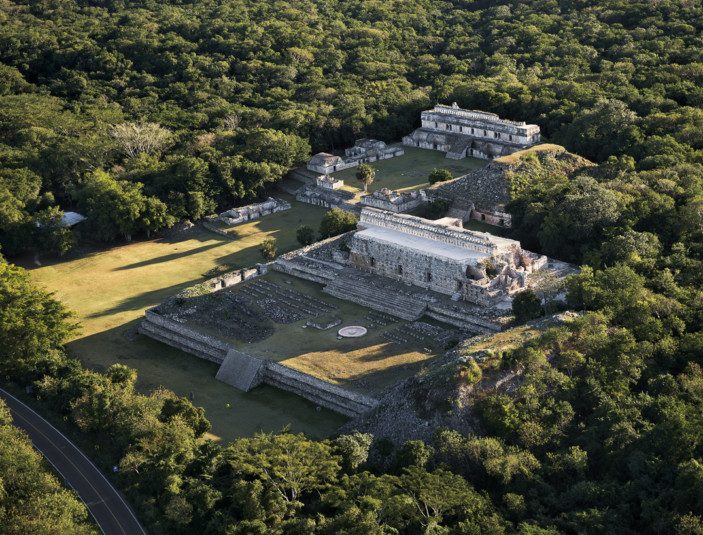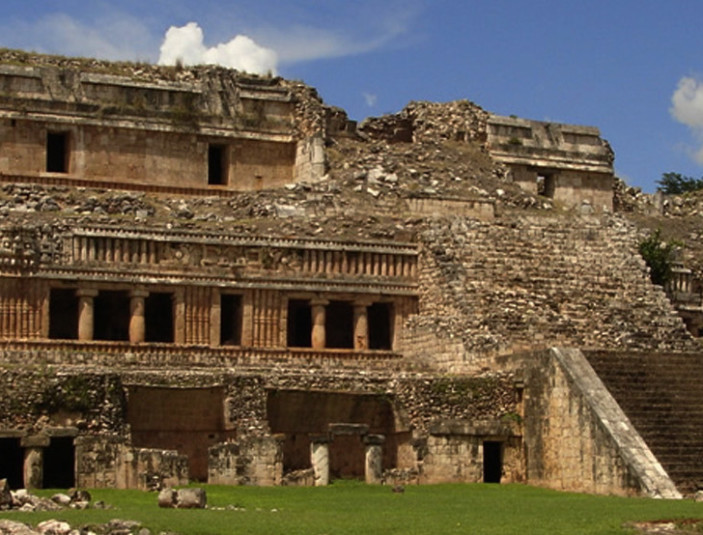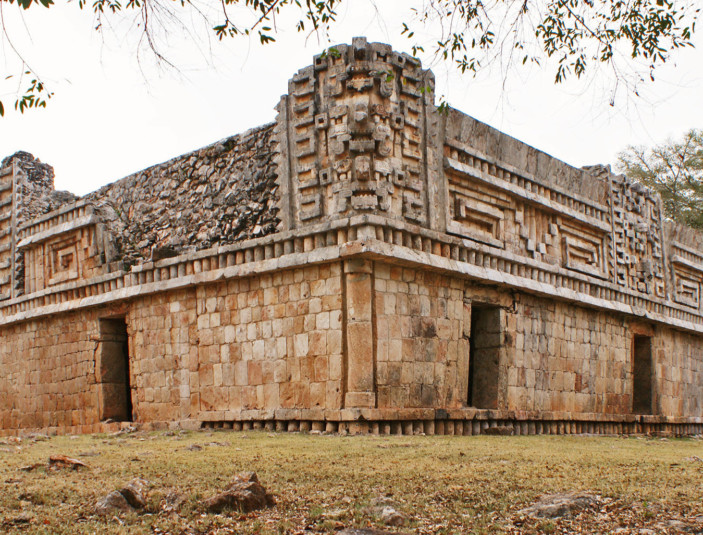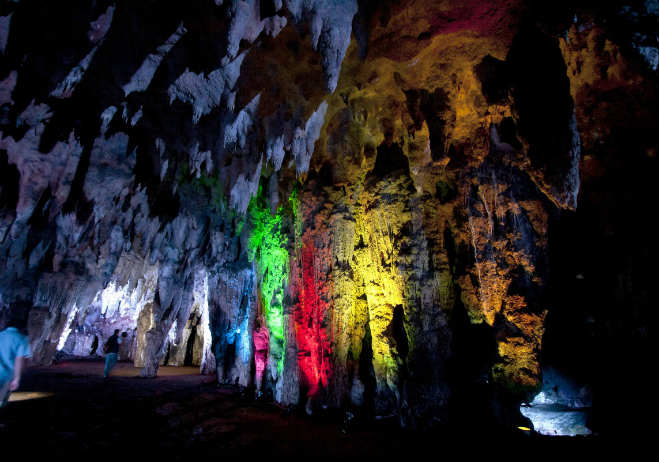The Puuc Route (puuc means “mounds”) is a tour of archaeological sites that has undoubtedly become one of the favorite tourist attractions for Yucatecans and visitors alike.
This tour includes the archeological sites of Uxmal, Kabah, Sayil, Xlapak, Labná, Oxkintok, Calcehtok Caves, and the Loltún Caves.
Throughout the tour, you will find structures that have been completely restored, others that are still in process, and some that are covered with grass, trees, and dense vegetation. The latter are very similar to those found by the first explorers at the end of the last century.
In addition, when making the journey through this Puuc route, you will find towns full of history, craftsmen, and the best of Yucatán cuisine.

Uxmal
Uxmal -surrounded by legends, myths, and anecdotes- is truly poetic, both in its name and history. It is located in the Santa Elena Valley next to a series of hills known as Puuc, which in the Mayan language means “mountain range”. Its name was then given to this architectural style to the buildings in the region.
 Kabah
Kabah
Kabah
Kabah, whose name has been interpreted as “Lord of the strong or powerful hand”, is located 23 km southeast of Uxmal on Highway 261, taking the detour to the right on km 16, near the city of Ticul.
 Sayil
Sayil
Sayil
One of the most important settlements in the Puuc area is Sayil, considering that there were approximately 17 thousand inhabitants in this place, which explains its size and distribution. It is located 33 km southeast of Uxmal on highway 261; turn right at km 34.
 Xlapak
Xlapak
Xlapak
Xlapak belongs to the Puuc region which had its golden age between 600 and 1000 A.D. Like most of the inhabitants of the Mayan area, the ones of Xlapac were dedicated to growing crops, building chultunes (cisterns) and watering holes to recollect rainwater.

Loltún Caves
Loltún is located south of the state, where evidence of human settlements dating from 400 to 700 years ago has been found. Its name in Mayan stands for “Stone Flower”. It is the name of these unique caves that feature rock formations in unusual geometric shapes that are beyond imagination.
TYT Newsroom


